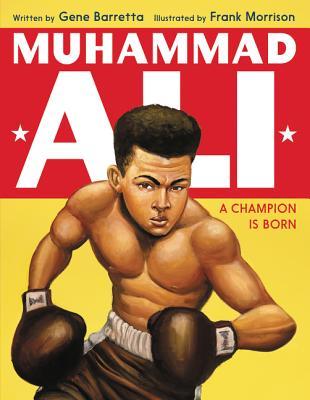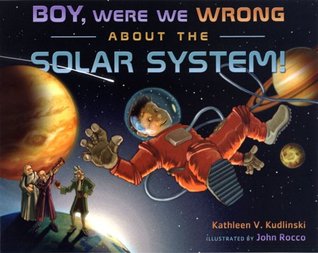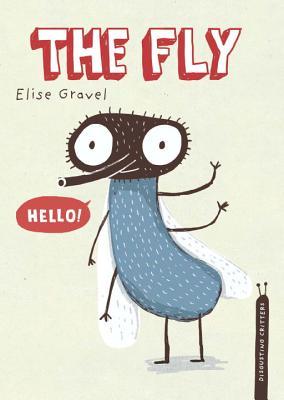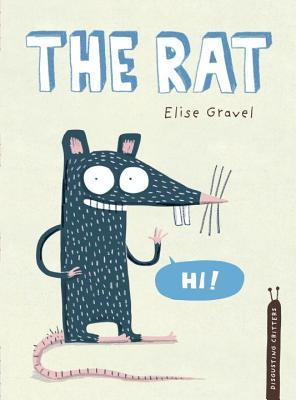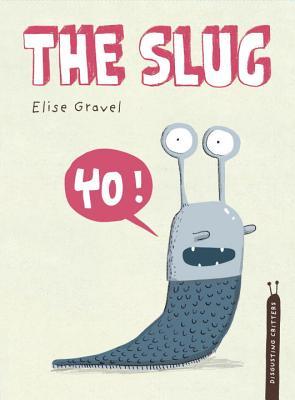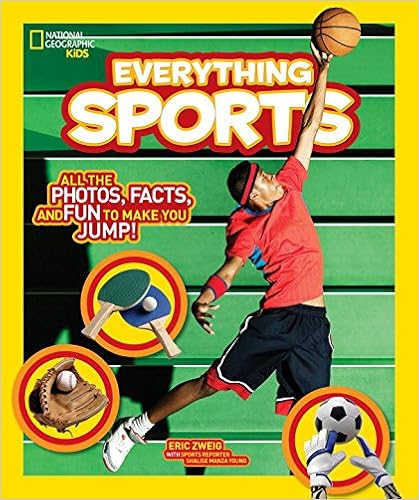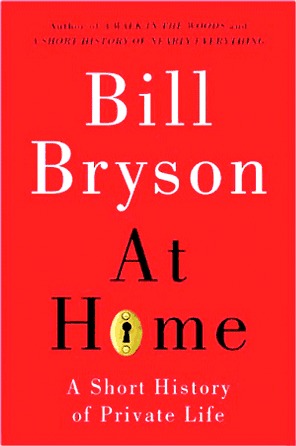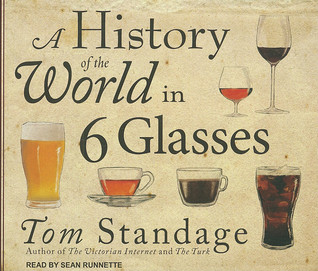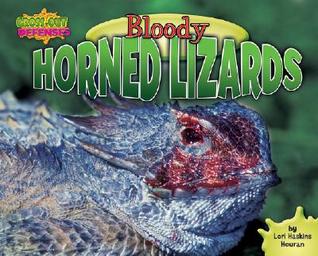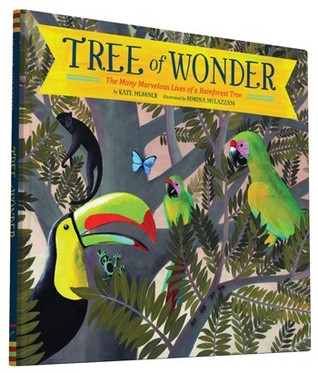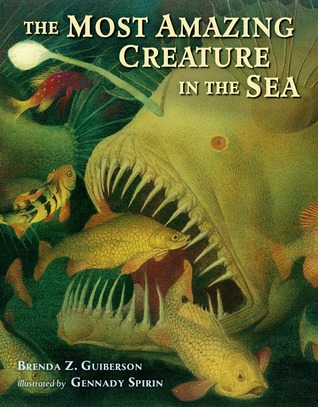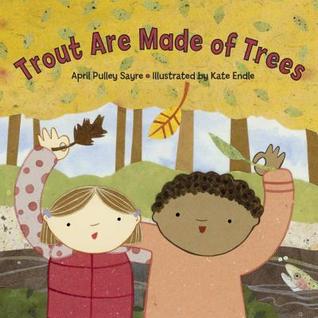This is one of a series of blog posts that continue the conversation around Still Learning to Read--teaching reading to students in grades 3-6. This series will run on the blog on Tuesdays starting in August 2016 and continue through the school year.
It seems like this time of year, my kids are ready for longer, more in-depth nonfiction than they were early in the school year. They are moving beyond books with isolated facts to picture book biographies, etc. I think 3rd and 4th grades are a little tricky for nonfiction as we want them to grow as nonfiction readers but much nonfiction is a little too easy or too hard for this age. As my students are building stamina as nonfiction readers, I want them to have access with text that are a little longer and go more in-depth. I love the Scientists in the Field series but those are a bit much for most 3rd and 4th graders. So I've been looking for something in between what they have been reading and books like Scientists in the Field.
I just discovered a great new series that seems perfect for this age. I have loved Suzi Eszterhas's books for years and her Eye on the Wild Series is perfect for 3rd graders. I recently discovered a new series she has called "Wildlife Rescue Series". I read Koala Hospital recently and can't wait to hand it off to some kids who are interested in animal rescue. These books seem perfect for kids ready to move to more in-depth nonfiction. They are organized in a way that each 2-page spread gives information on one part of the topic. The language is perfect for this age. There are of course amazing photos that draw readers in. And the books are packed with information around the topic. I am anxious to get the other 2 in this series and I certainly hope she is writing more!
I also discovered a great video about Suzi Eszterhas on Ranger Rick's website.
I continue to be on the lookout for great nonfiction for kids--books, magazines, videos are all important to our readers. Some other great resources for great nonfiction for kids who are ready for more sophisticated nonfiction are listed below:
Nonfiction Picture Book 10 for 10
If you do not know the fabulous annual Picture Book 10 for 10 event created by Cathy Mere and Mandy Robek, visit their Google Plus site now. Each February, Cathy and Mandy ask readers to share 10 nonfiction books they love. Many are organized into categories. This is a great resource for finding great new nonfiction for your students. (And as Cathy reminds us, turn off your One-Click Amazon button before you visit!)
Highlights Magazine
Mary Lee Hahn shared with me the amazing resource that Highlights Magazine is. Each issue has a few nonfiction articles that are the perfect length for intermediate readers.
Wonderopolis
Wonderopolis continues to be one of my favorite sites for nonfiction reading for intermediate readers.
Zooborns
Zooborns is a favorite site in our classroom. I am noticing that about mid-year, kids are spending as much time with the text as they are with the adorable photographs. This site is engaging and has such interesting information on baby animals. I also love that it can be searched in various ways (by zoo or by animal).
Melissa Stewart's Website
Melissa Stewart's website is always one of my go-to sites for nonfiction. The number of nonfiction books Melissa Stewart has written is amazing and her blog is a great additional resource. Information into her writing process as well as videos make this one of my faves. Spend some time on her blog --it is a great resource for teachers and has great posts for students.
Livbits
If you don't know Livbits, her videos. Olivia is a 9 year old who packs a lot of information into a short video.
Friends With Fins
Friends with Fins is another video site that has great informational videos about ocean conservation. I love the variety of formats Jaclyn uses to share information with viewers.
Jess Keating
Jess Keating is another favorite author for this age. Her book Pink is a Blobfish and upcoming book What Makes a Monster are both highly engaging nonfiction titles for readers in grade 3-6! Jess also has a video series Animals for Smart People which are short videos packed with information.





